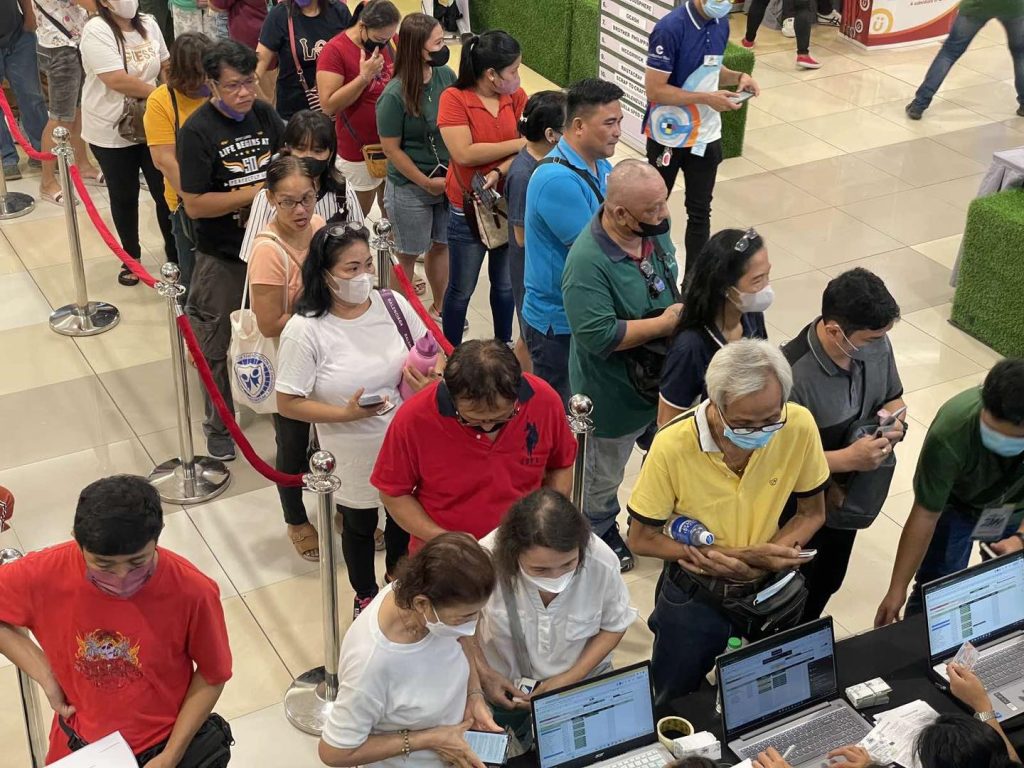
Kuya
July 31, 2023
The Role of Big-Brother Companies in MSME and Agri Development
August 14, 2023
MSMEs: The Underdog in The Proposed Sugar Tax
We’ve heard it before. If there is anything assured in one’s life as an entrepreneur, it is debt and taxes. The headlines in recent days have once again proven this right: The proposed tax on sugar and the fact that the country’s debt reached P14 trillion.
I fully support government’s initiative to generate and source as much funds as it can. The President has a lot of plans to improve both our physical and digital infrastructure so as to facilitate the easier flow of goods. Many more plans are in place to entice the foreign investments that we badly need to ramp up economic activity and generate more jobs. On the debt side, we have to continue to honor our obligations in order to maintain our credit standing in the international community.
However, I believe we must tread carefully, especially with the sugar tax proposal, because it directly affects another sector that will have a critical role in our planned growth path: the MSMEs. The tax on sugar will raise the cost of the inputs of many food vendors and impact consumers.
We count more than a hundred locally made delicacies that have sugar in them, and they can be found in all the regions of the country. Just to drive home the point, here is a list, per region, of the native delicacies that small entrepreneurs manufacture and sell. Most of them are variations of starch, water and sugar.
NCR: sapin sapin, bibingka, hamonado, sapin-sapin, putong polo; Region 1: kalamay, strawbery jam, peanut brittle, ube halaya, lengua de gato, lemon pie, carrot pie, choco flakes, tupig, puto kutsinta; Region 2: tupig, buko pie, pastillas de alcala; Region 3: pastillas de leche, halo halo, inutak, buko pie, ube de leche, ube halaya, tamarind balls, polvoron, dayap cookies, ube suman, nilupak, iniruban, tupig, tibuk-tibuk (maja blanca), linga candy, ginipa, inipit, silvanas, biko, ensaimada, puto pulo, candied nuts; Region 4: ube halaya, peanut brittle, kalamay, buko pie, puto, broas, pinagong; Region 5: pili nuts, nilubak, puto bukayo, biniribid; Region 6: biscocho, piaya, barquillos, pinasugbo, butterscotch, sans rival, silvanas, budbud, napoleons; Region 7: peanut kisses, kalamay, broas, polvoron, dried mango, otap, rosquillos, masareal, broas; Region 8: roscas, bukayo, lubid-lubid, camote candy, coco balls, binagol, moron, bocarillos; Region 9: banana chips, bodbod, kakanin biko, kutchinta, puto, bibingka, lokot-lokot, bukayo, mangosteen candy; Region 10: hamon, candied cashew nuts, muron, turones de mani, ube cheese sticks, dulceta jam tarts, pina-yema, binangkal, piñasitas, binaki; Region 11: chocolate snacks and drinks, durian pastries/candies, durian pastel, lemon pie, cinnamon rolls, hopia, dried candied fruits, yema, sweetdisal, choco bread, local donuts; Region 12: banana chips, tinagtag, dried candied fruits, ube pie, durian pie, cassava delight; CARAGA: palagsing, nilusak/nilupak, piyaya, salvado coconut biscuit.
When we conduct our various Go Negosyo entrepreneurship mentoring programs throughout the country, there is almost always a small, home-based entrepreneur making and selling delicacies such as these. What’s more, there are plenty of success stories among the graduates of our Kapatid Mentor ME program who started out baking cakes and pastries and who eventually made it big. They went on to register their businesses, establish bigger facilities and employ more people in their communities.
The tax on sugar will also affect even smaller entrepreneurs. Sugar is a primary ingredient in street food staples like taho, banana-que, dirty ice cream, gulaman at sago and buko juice, which are sold by one-man operations, or nanopreneurs. As for pre-packaged sugary snacks, the sari sari store owners will now have to shell out more puhunan just to maintain their stock.
I understand that the proposal for the sugar tax is seen to benefit the population by curbing obesity, which reports say has doubled in the last 20 years. But we have other ingredients, such as fat and sodium, that are just as dangerous to health and yet people continue to consume them. People will eat what they want to eat, even with clear and repeated warnings from doctors.
I have to agree with some of our economists that this sugar tax will hit poor consumers more gravely and might slow consumer spending, eventually affecting our GDP growth. In short, imposing the sugar tax now may not be the best time for a consumer-led economy like the Philippines. Not for a country where almost all enterprises are MSMEs, and where most business are only starting to recover from the pandemic.
We must also bear in mind that many of these MSMEs are still carefully balancing their financial position. A lot of them live day-to-day; they are in that delicate stage where any revenue goes back into the business so that they can grow it. Even minor disruptions in this flow can throw them off their operations, and then force them to take their chances with usurious lenders or to close shop, or both.
Why care at all about how MSMEs will be affected by taxes when we still have the large corporations who no doubt each pay a lot in taxes? The truth is, even these large corporations depend on the health of the enterprises down the line. They are their connection to both the supply and market side of their operations.
It is also in the best interest of the nation’s coffers that MSMEs grow and eventually enter the formal sector. If they grow, they will be confident enough to seek bigger – which means formal – financing, and then they will be active participants in our economy, i.e. they will become taxable businesses. This is the more sustainable and inclusive path.

2/F RFM Corporate Center, Pioneer cor. Sheridan Sts. Mandaluyong City, Metro Manila, Philippines

